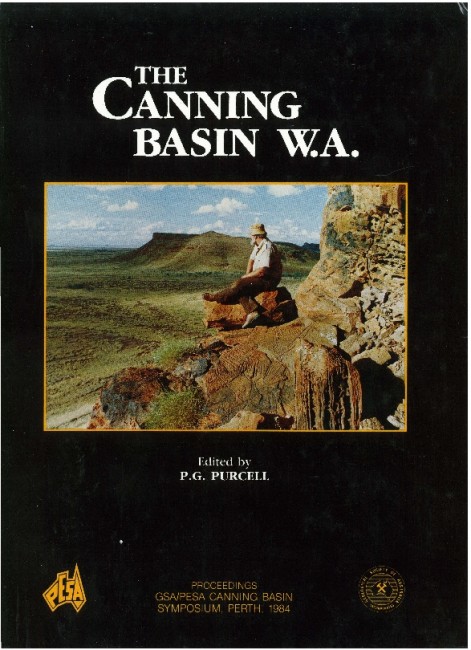Publication Name: The Canning Basin, W.A.
Authors: Brian W. Logan
Date Published: December 1984
Number of Pages: 28
Reference Type: Book Section
Abstract:
Carbonate rocks deform readily in temperature fields below 250?C and, many sequences are therefore dominated by textures, structures and rock types that are products of stress. This paper draws attention to deformational features in Canning Basin carbonates and outlines a petrographic scheme that is applicable to these rocks. The petrography can be used either when pressure-response phenomena dominate the rock sequence, or where it is desirable to make clear distinction between surviving sedimentary features (precursor)and later, deformational overprints. The paper also briefly outlines possible applications in exploration programmes.
Compressional stress, whether applied through burial or tectonism, is accommodated by compaction, pressuresolution and shear fracture in an often complex order. Dolomitization, recrystallization, silicification and other mineralization processes frequently are associated withalteration under compressive stress. In carbonate rocks, the main response to tensional stress is the formationof strain cavities, these include veins, vugs and interfragment voids in breccia. Dolomitization, recrystallization, silicification and other mineralization processes frequently are associated with alteration under tensional stress.


